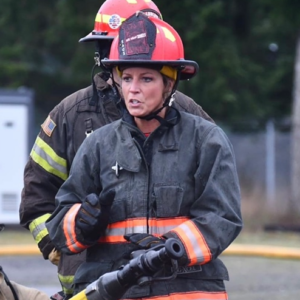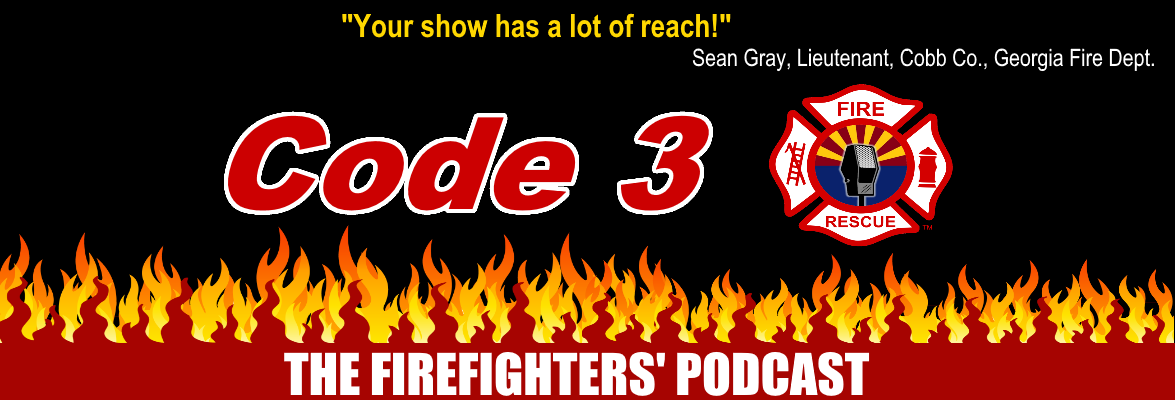Sometimes, we make things more difficult than we need to.
We develop a course of training, then insist on monitoring every move firefighters make once they master it.
The bottom line, usually, boils down to put the wet stuff on the red stuff and the fire goes out.
More wet stuff applied faster puts the fire out faster.
This is taught on, or about, Day One in Firefighter-1 classes.
It’s certainly not all they’ll learn, but the rest builds on that foundation.
And, with experience, they will use their own judgment, which we assumed was sound when they graduated, to guide them.
So why do so many officers micromanage their crews? After all, wasn’t the point of training them so they could do the job?
I’ve always hated being treated that way, and, conversely, I have loved to be able to point the guy at the job and count on him to get it done.
 My guest today, Kaci Corrigan, advocates for that same attitude.
My guest today, Kaci Corrigan, advocates for that same attitude.
She’s a lieutenant at a department in Northwest Pierce County, Washington. She’s been on the job for 13 years.
She deals heavily with training, including instruction in fire behavior, strategy and tactics, nozzles, hose streams, and tactical ventilation.
She is an instructor with First Due Training in Washington State, as well as an adjunct instructor with Fire by Trade.
Hear a story about Kaci and a very solid probie facing an unusual fire. Click hear to become a patron and get exclusive content.
Kaci’s article: The Obligation of Preparation, Trust, and Empowerment: You Do Your Job, and Let Me Do Mine
Article: Rethinking Leadership: Are your control issues damaging morale?
Article: Control Freak
